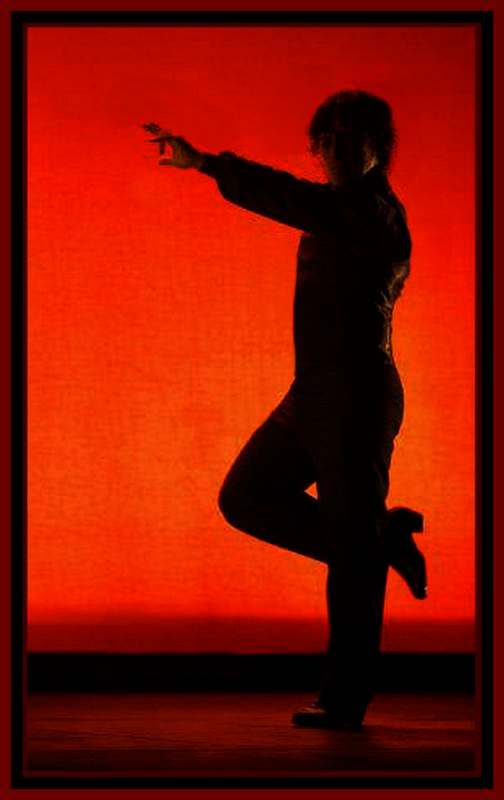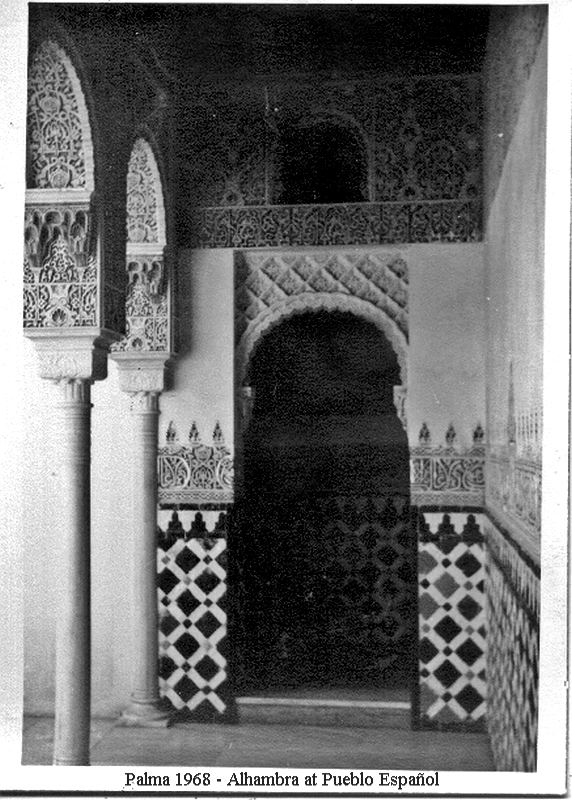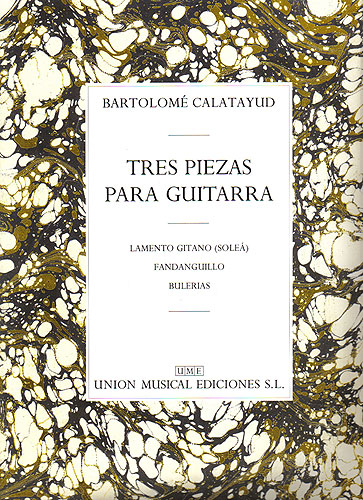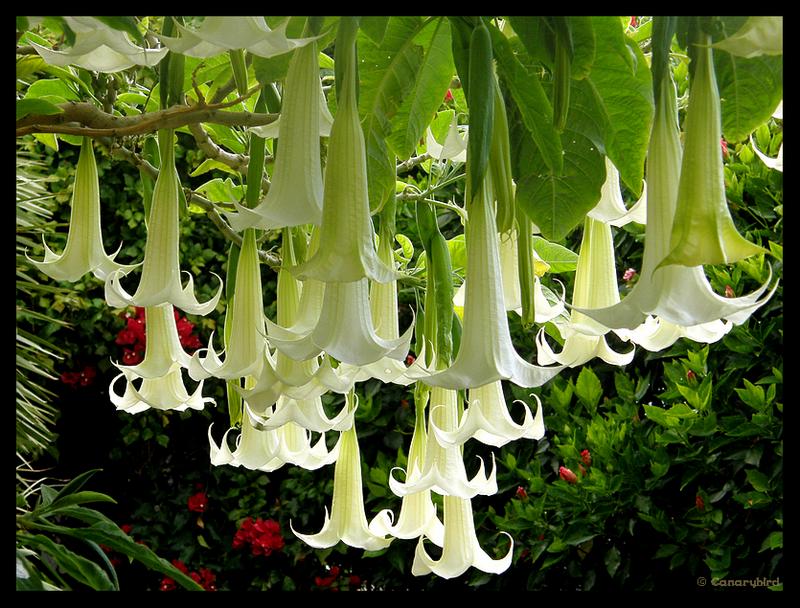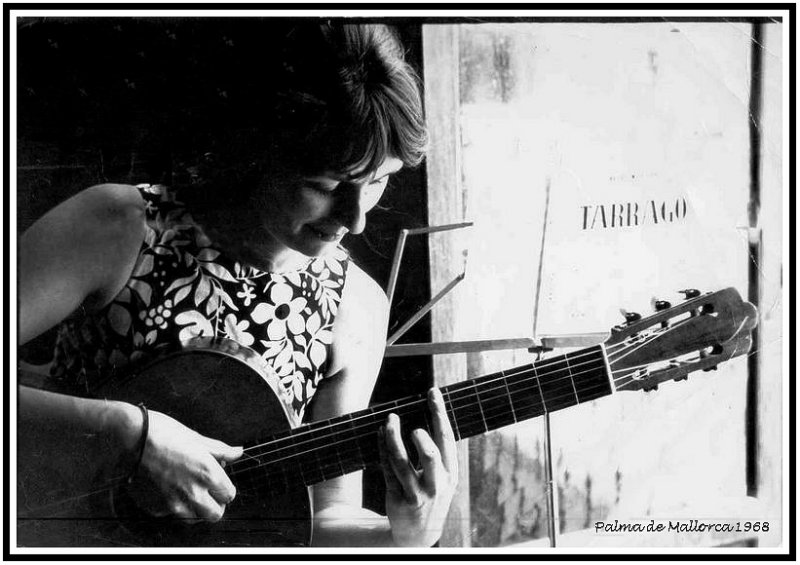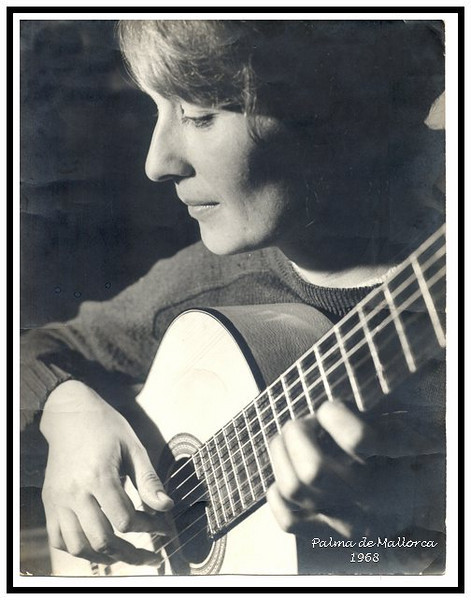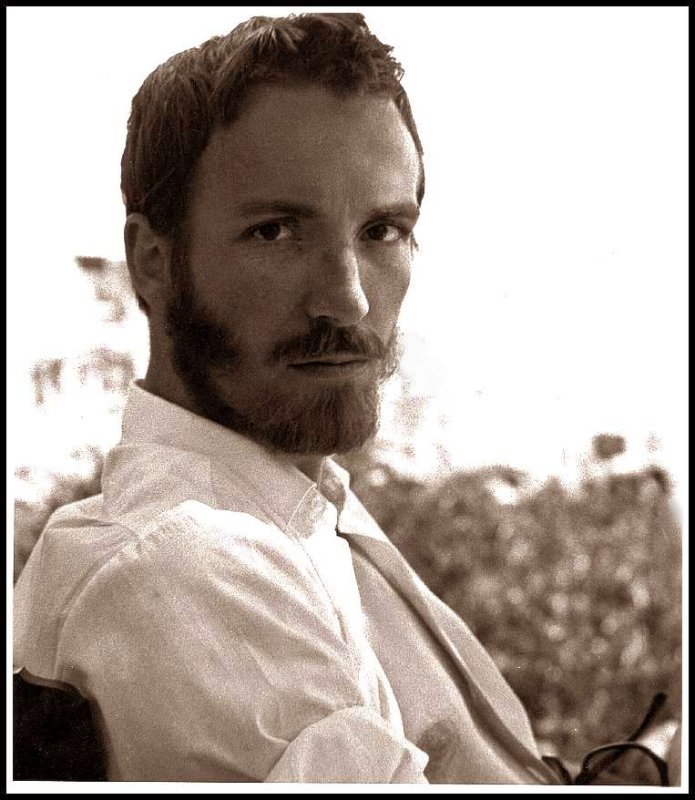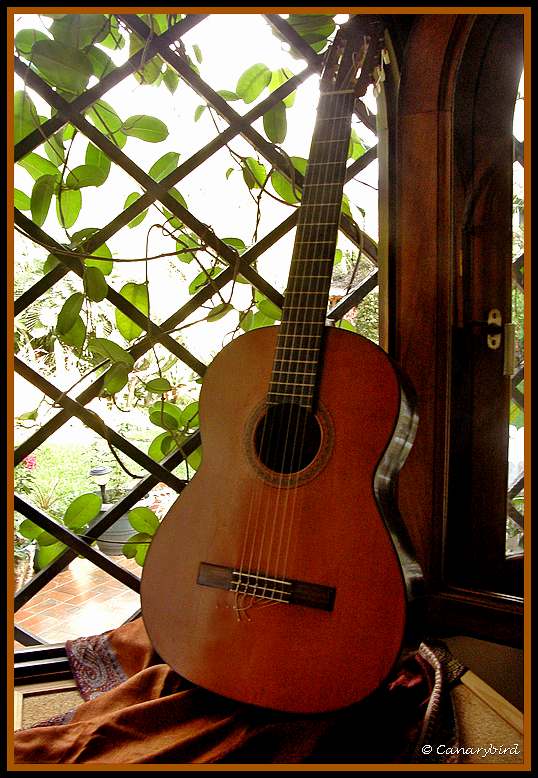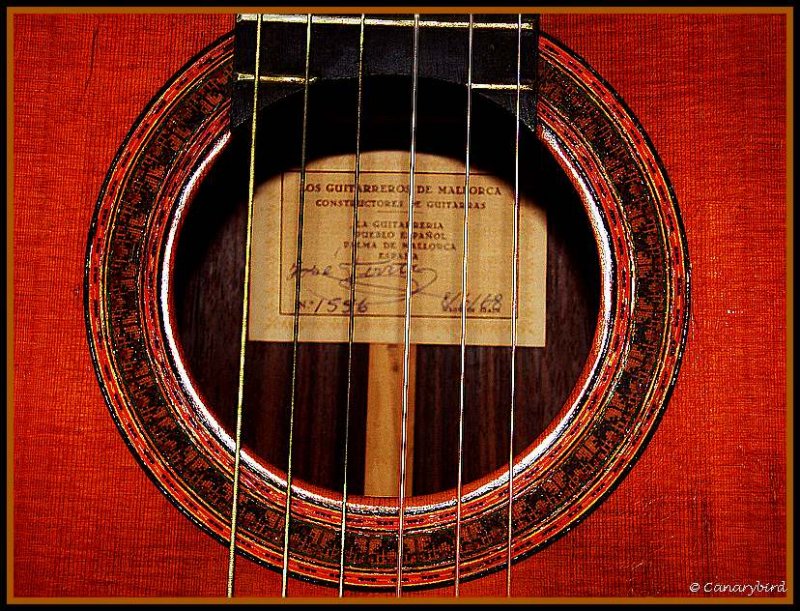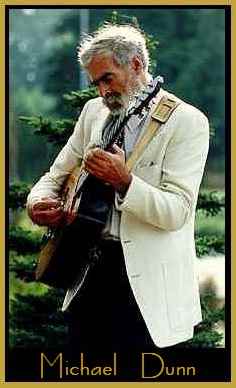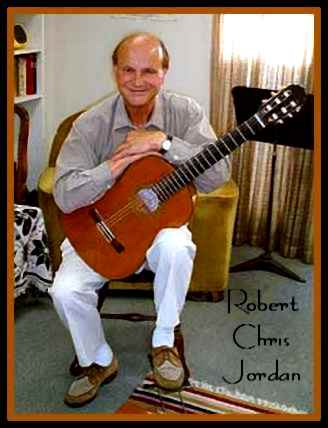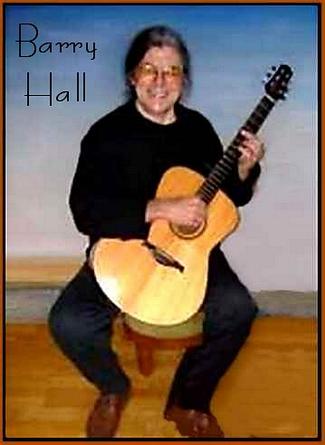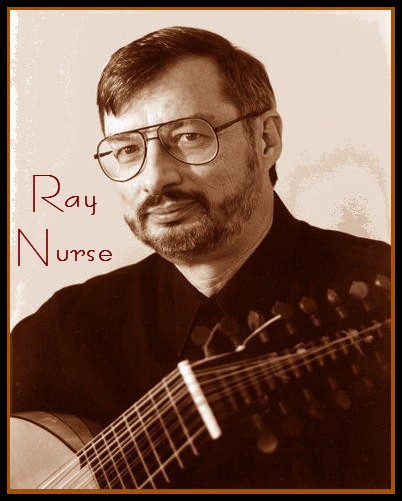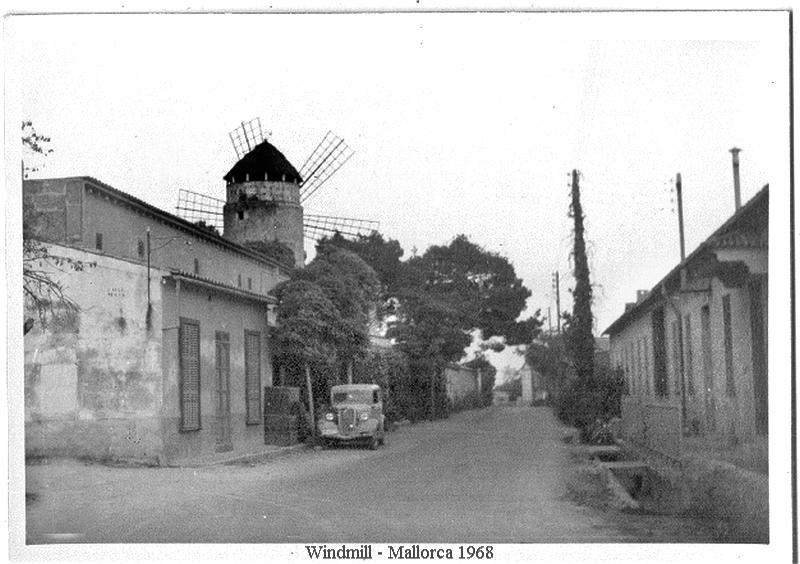Driving around Mallorca with Mr. G and Helen was a great treat on weekends when we would climb into the Citroën deux chevaux and join the other domingueros ....Sunday drivers...for excursions around the island. There were so many wonderful places to discover and so many little villages with restaurants that served delicious Mallorcan country cuisine. Other times we would pack a picnic lunch of tortilla, sobrasada, baguettes, cheese, olives and wine.
Photo courtesy of gastrotourspain
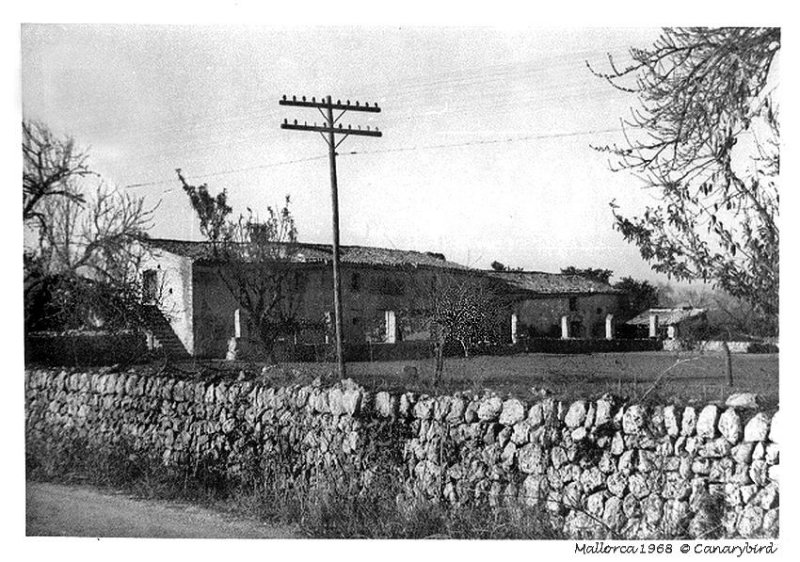 (click photos to enlarge)
(click photos to enlarge)I had a little German Voigtländer 35mm camera at the time and as I couldn't afford colour film (thank heavens, I say now) I limited myself then to black and white photography, which now has a nostalgic appeal. One of the villages we visited was Bunyola, situated at about 14 kms from Palma, in the Sierra Tramuntana mountains. The name of the town used to be spelled in Castellano as Buñola (as on my photos) but it is written nowadays the Mallorquin way as Bunyola.
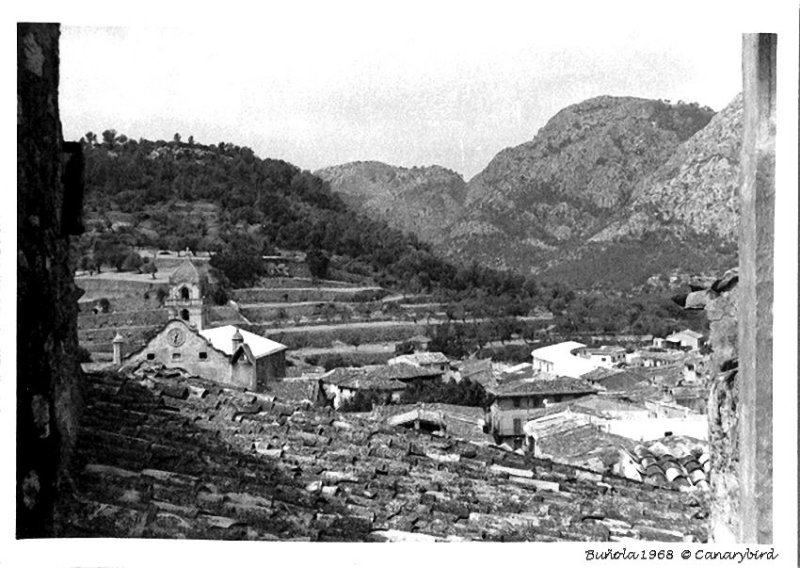 Here are some photos I took as we walked through Bunyola in 1968.
Here are some photos I took as we walked through Bunyola in 1968.
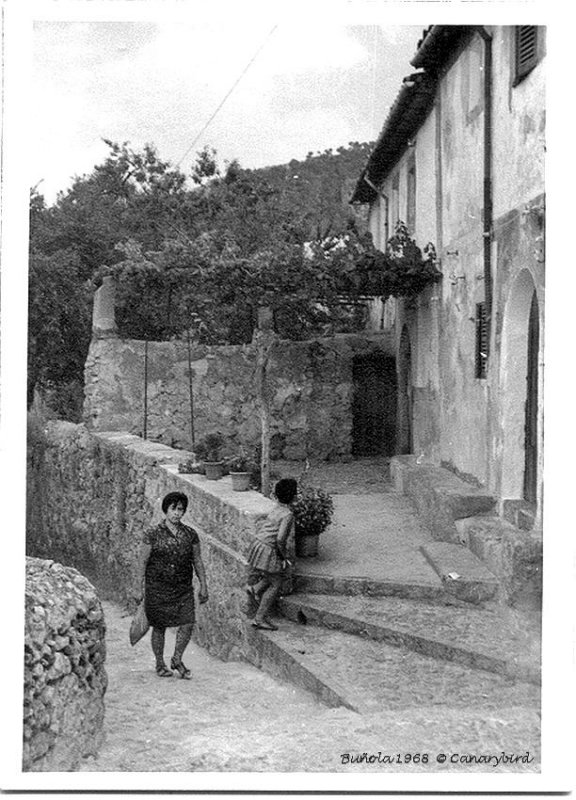
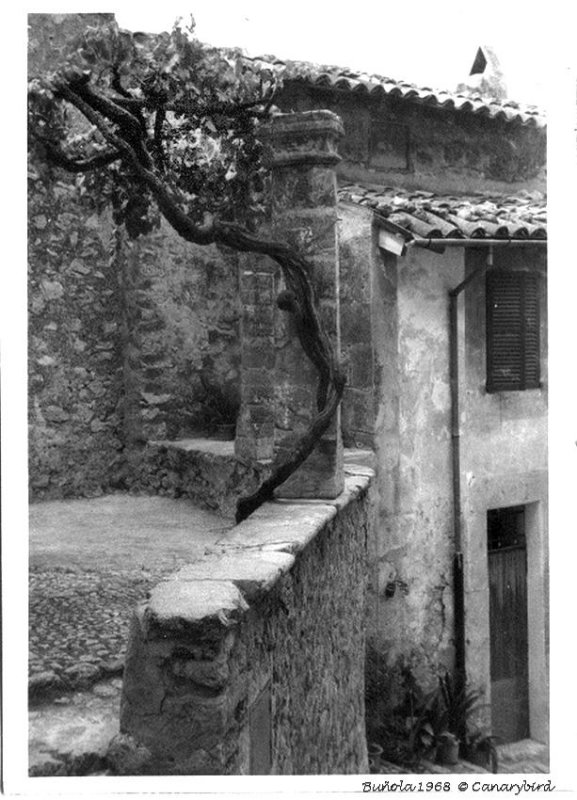
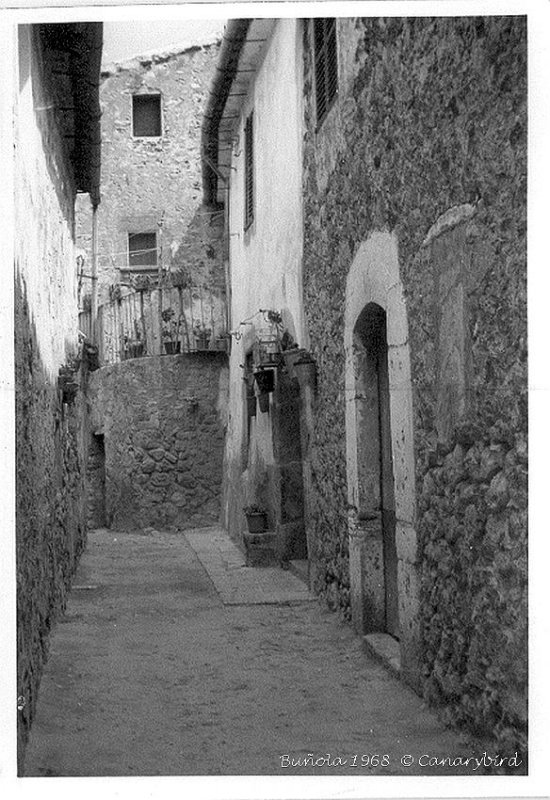 Sometimes we would go to a beach where we would pass by a farmyard. Here George Bowden greets a friendly burro.
Sometimes we would go to a beach where we would pass by a farmyard. Here George Bowden greets a friendly burro. Oh where did he go?
Oh where did he go?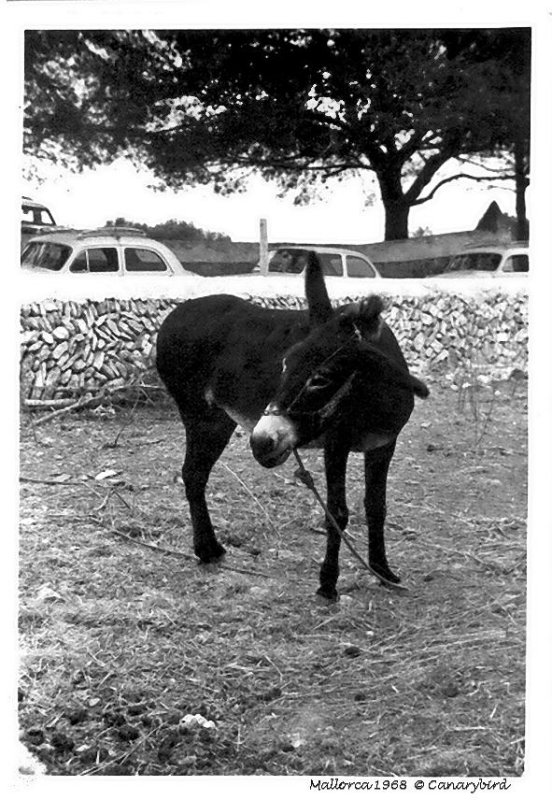 Here's a view of a Mallorcan vineyard.
Here's a view of a Mallorcan vineyard.Image courtesy of Mallorca Wine Express:
Here I am standing in the Gardens of Alfabia on another outing:
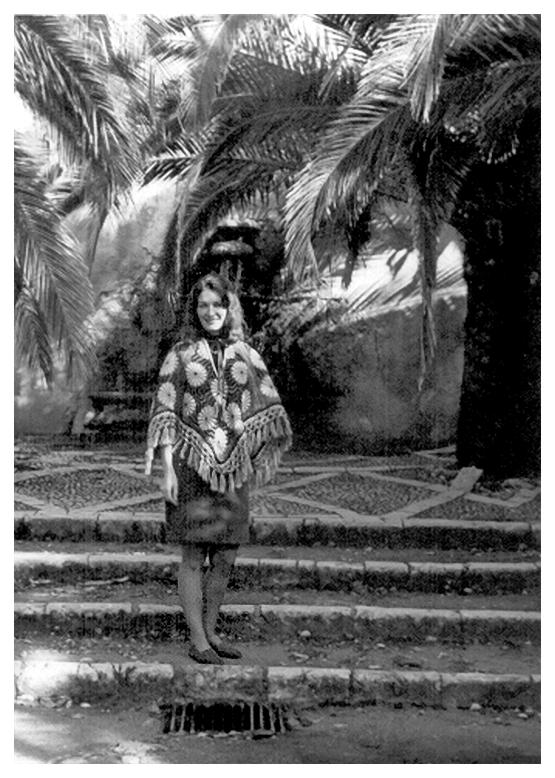 I bought that poncho when I arrived and wore it everywhere. I didn't bring an overcoat as I thought it was never chilly in Spain!
I bought that poncho when I arrived and wore it everywhere. I didn't bring an overcoat as I thought it was never chilly in Spain!Continue on to Chapter 27 Spanish Omelette
Go back to Chapter 25......Sopas Mallorquinas




